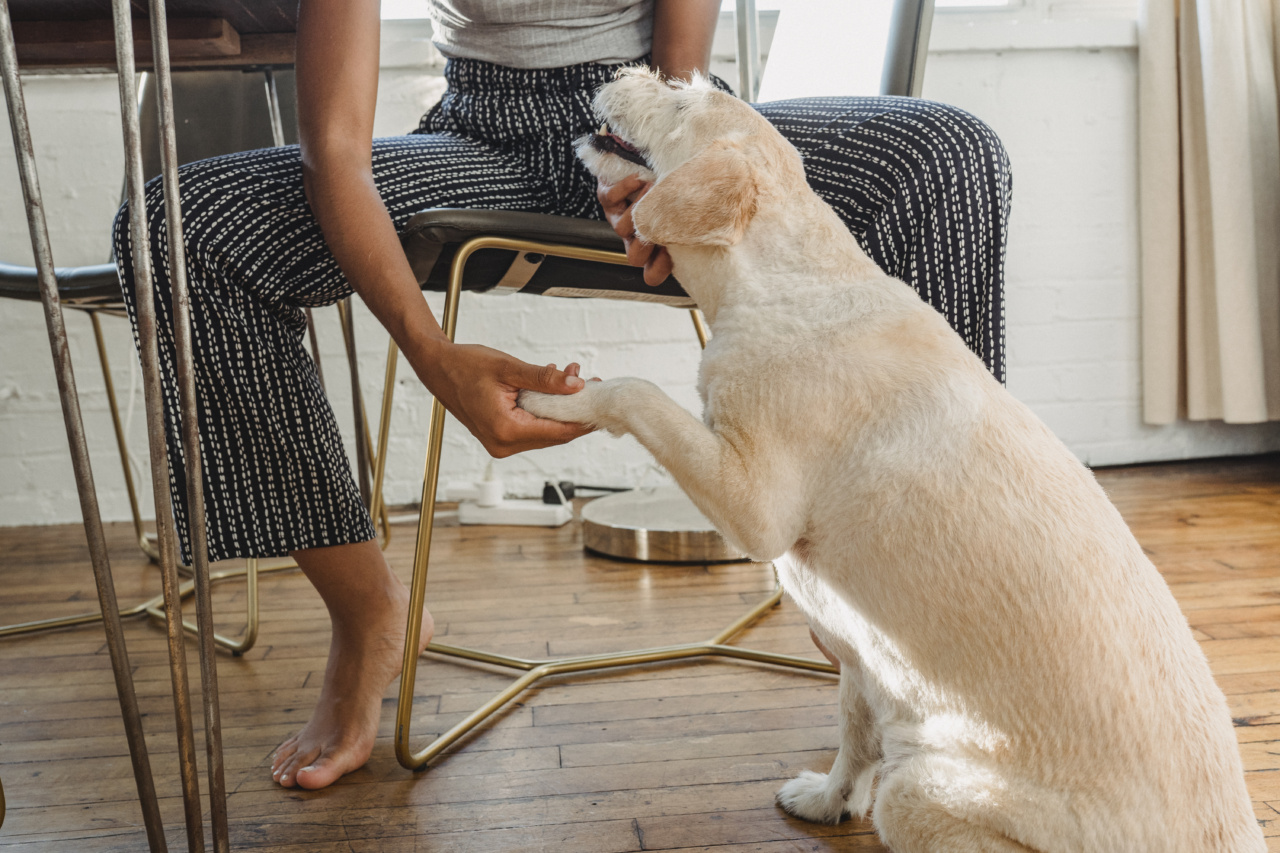Having a dog that constantly barks inside the house can be frustrating for both you and your furry friend. It’s important to address this behavior early on to ensure a peaceful and harmonious living environment.
In this article, we will discuss effective techniques to train your dog to stop barking inside the house.
Understanding Why Dogs Bark
Before we dive into the training techniques, it’s essential to understand why dogs bark. Barking is a form of communication for dogs, and they may bark due to various reasons such as:.
- Alerting you to potential intruders or danger
- Expressing boredom, anxiety, or frustration
- Seeking attention or play
- Reacting to other dogs or animals
By identifying the underlying cause of your dog’s barking, you can better tailor the training methods to address the specific issue.
Positive Reinforcement Training
Positive reinforcement training is a highly effective method to train your dog to stop barking inside the house. This technique involves rewarding your dog for desirable behavior, thereby reinforcing and encouraging the desired response.
Follow these steps to implement positive reinforcement training:.
1. Identify Triggers
Observe your dog closely to identify the triggers that cause excessive barking. It could be the doorbell ringing, the presence of other dogs, or certain sounds from outside.
Understanding the triggers will help you design training sessions to specifically address those situations.
2. Teach the “Quiet” Command
Choose a specific command, such as “quiet,” that you will teach your dog as a cue to stop barking.
Begin in a calm and quiet environment, and when your dog starts barking, firmly say “quiet” and wait for a brief pause in the barking. Immediately reward your dog with a treat and praise. Repeat this process, gradually increasing the duration of silence before offering the reward.
3. Counter-Conditioning
Counter-conditioning involves changing your dog’s emotional response to the trigger that causes the barking.
For example, if your dog barks excessively at the doorbell, you can gradually desensitize them to the sound by ringing the doorbell at a very low volume and rewarding your dog for remaining calm. Gradually increase the volume over time while continuing to reward calm behavior.
Alternative Training Methods
In addition to positive reinforcement training, there are other methods you can incorporate to train your dog to stop barking inside the house:.
1. Ignore the Barking
In some cases, dogs may bark to seek attention. If you are confident that your dog is safe and there is no immediate danger, ignoring the barking can be an effective tactic.
By not rewarding the behavior with attention, your dog will learn that barking does not result in the desired response.
2. Provide Mental and Physical Stimulation
Boredom and excess energy can often lead to excessive barking. Make sure your dog receives sufficient mental and physical exercise throughout the day.
Engage in regular interactive play sessions, provide puzzle toys, and consider enrolling your dog in obedience classes or agility training.
3. Use Distractions or White Noise
If your dog tends to bark at external sounds, you can create distractions or use white noise to mask the triggering noises. For example, play soothing music or turn on a television to provide background noise that helps your dog remain calm.
4. Seek Professional Help
If your dog’s barking problem persists despite your best efforts, it may be beneficial to seek the assistance of a professional dog trainer or behaviorist.
They can assess your dog’s behavior more thoroughly and provide tailored guidance and techniques to address the issue.
Conclusion
Training your dog to stop barking inside the house requires patience, consistency, and understanding.
By utilizing positive reinforcement training and implementing various techniques, you can effectively modify your dog’s behavior and create a peaceful living environment for both you and your beloved companion.























